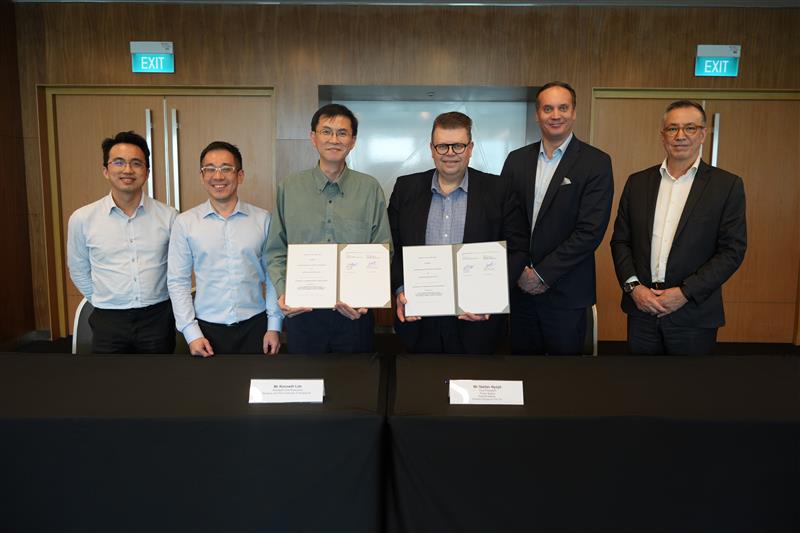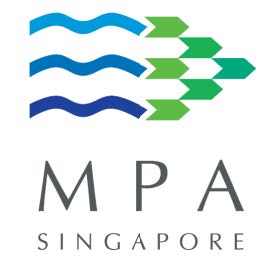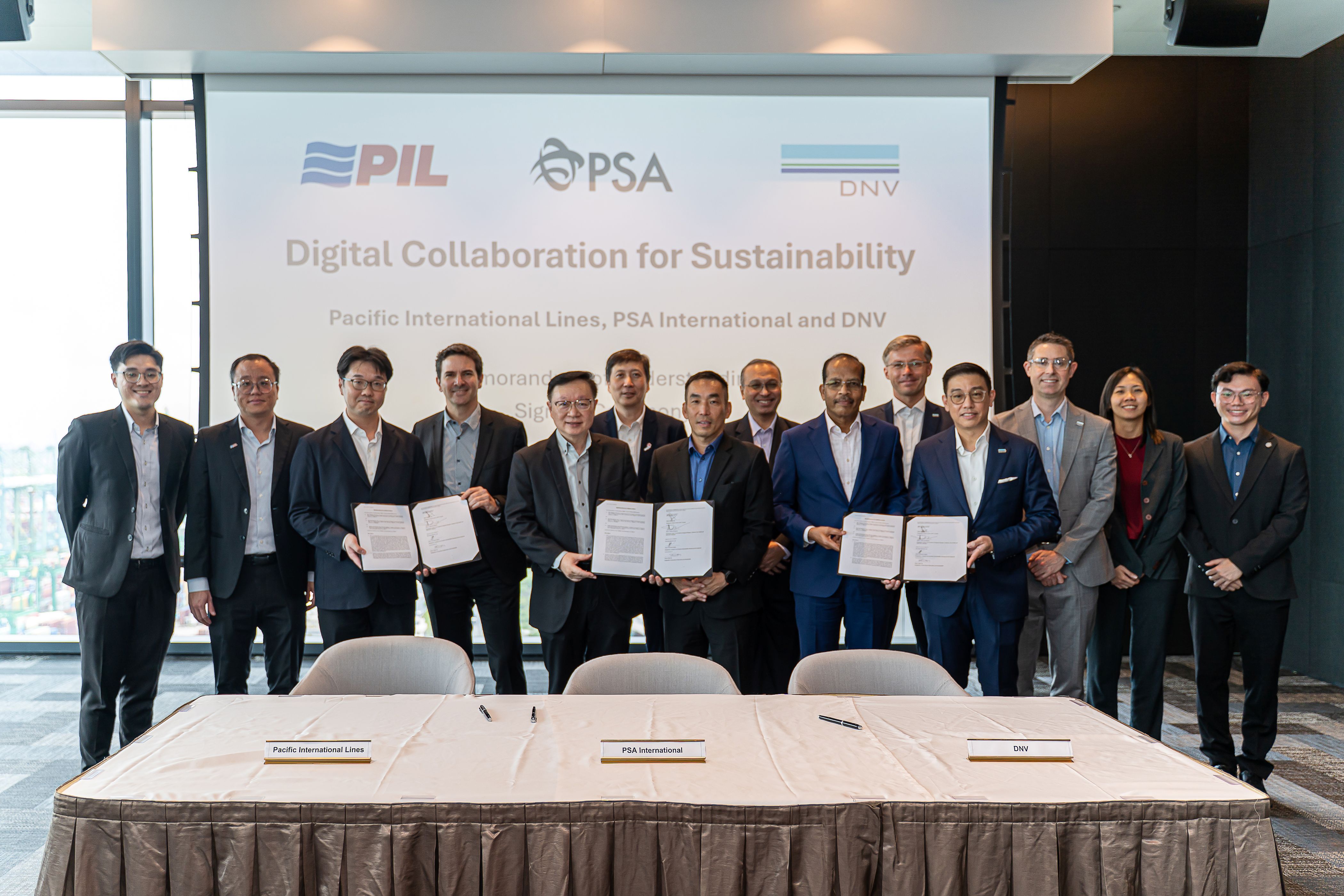
The MEPC 79, The Global North, Global South, Island States, And Climate Change
While the IMO GHG regulations are getting complicated, the developing nations have added over 100 ports to the Maritime Industry with the assistance of China within the last 10 years.
The growing climate crisis and the adoption of the Paris Agreement called on all parties to align their emissions to meet the 1.5c – 2.0c target. The Shipping industry emits around one billion tonnes of carbon emissions which is the average equivalent to the sixth biggest emitter if considered a nation. As the regulative body of the shipping industry, the International Maritime Organization (IMO) adopted the Initial IMO Strategy on the reduction of GHG emissions from ships (Resolution MEPC.304(72)) at the 72 Marine Environment Protection Committee (MEPC) and was considered a major achievement given the cross-border engagement of shipping and multi-stakeholders in different sectors. Also, as shipping accounts for over 80% of global trade, any alternation of policy will impact the livelihoods of millions around the globe.
Under the IMO GHG Strategy, it envisioned peaking GHG emissions from international shipping as soon as possible and reducing the total annual GHG emissions by at least 50% by 2050 compared to 2008 levels, while, at the same time, pursuing efforts towards phasing them out entirely within this century. However, the MEPC 77 has initiated the revision of the Strategy and invited submissions to MEPC 78, the initial strategy stipulates a 5-year review of the strategy, and the next review is scheduled to be done in 2023 at MEPC 80.
Since the adoption of the IMO GHG Strategy, there have been several hurdles in various complex issues in technical, policy, financial, and communication. As there are different interest groups among the IMO members, the most visible division at the MEPC was among the group that propose to enhance the level of ambition at a faster phase and to archive net zero emissions by 2050 and the other group members insisted on a comprehensive review of the strategy including not only target but also implementation feasibility. These complicated issues and variety of opinions extended the MEPC78 negotiations to an inter-sessional working group on GHG matters (ISWG-GHG 13) to MEPC 79.
At the IMO MEPC 78 in June 2022, the member states were scheduled to discuss the GHG emissions reduction and starting the session, Mr. Kitack Lim, Secretary-General of IMO briefed the revised initial IMO GHG strategy which is 50% emissions reduction by 2050, isn’t aligned with global climate change goals and asked the member states for further increased ambitions.
The ongoing MEPC 79 in London will continue the below topics in order to tackle climate change by cutting GHG emissions from Ships.
1) Revision of initial IMO GHG Strategy
2) Development of Mid-term measures including technical and economic measures
3) Finalization of the review of the Procedure of assessing the possible impact on the State
4) Development of Lifecycle GHG assessment guidelines
5) Proposals related to onboard CO2 capture
6) Revision of the IMO Fuel Consumption Monitoring Data Collection System (IMO DCS)
7) Energy efficiency of ships- Report of fuel oil consumption data submitted to the IMO Ship Fuel Oil Consumption Database in GISIS (reporting year: 2021); proposed amendment to the
2018 Guidelines on the method of calculation of the Attained Energy Efficiency Design Index (EEDI); 11. EEDI phase 4.
The MEPC 78 report of ISWG-GHG and the proposals were favored by different interest groups, one group held the position of Life Cycle Assessment guidelines towards evaluation of fuel and not for emission from ships, this group further acknowledged to remain to be focused on shipping sector-specific issues.
Few member states highlighted the importance of Tank-to-Wake (propeller) emissions, taking into account the emissions that result from burning or using a fuel once it is already in the tank and the emissions in conjunction with the implementation of the Carbon Intensity Indicator requirements entering into force on 1 January 2023,
In addition, some Member states highlighted focusing on the whole Well-to-Wake emissions, or life-cycle emissions, which are the sum of upstream (well-to-tank) and downstream (tank-to-wake) emissions. In addition to carbon dioxide (CO2), Well-to-Wake emissions include carbon dioxide equivalents including greenhouse gases (GHGs) such as methane (CH4) and nitrous oxide (N2O), as well as particles like black carbon (BC).
The member states supporting the Well-to-Wake process Submissions to MEPC 78 pointed out the methods for calculating Well-to-Wake (WtW) carbon dioxide equivalent emissions from marine fuels using both 100-year Global Warming Potential (GWP100) and 20-year Global Warming Potential (GWP20); and the measurement of actual methane slip emissions from LNG dual-fuel engines in terms of Tank-to- Wake (TtW) emission factors by using the relevant procedures specified in the NOx Technical Code 2008.
During the MEPC 78, major developed nations such as New Zealand, France, Norway, the UK, Canada, Germany, Japan, the US, Denmark, Belgium, Greece, Sweden, Australia, Spain, and Poland supported the phasing out of GHG emissions from international Shipping with more ambitious targets for 2030, and 2040.
These nations tend to have a similar approach in IMO and stand by the Principle ‘No More Favourable Treatment”. Some nations also pointed out the methane and NOX emissions, and the ‘Methane Slip’ which was an issue for LNG-fuelled ships. Also, some nations focused on regional regulation developments under the EU, and the newly formed Green Shipping Corridors among major ports as per the Clydebank Declaration at COP26. Developed nations favor the CBDR principle approach less and stand in the viewpoint that the CBDR principle slows the decarbonization process. During the MEPC 78 the term ‘Fair Transition’ was noted over the CBDR principle by some states among the developed nations clique.
However, developing economies such as India, China, South Africa, Brazil, Argentina Thailand, UAE, Saudi Arabia, Philippines, Chile, and Ecuador, and the most vulnerable nations or the SIDS as Cook Islands, Vanuatu, and Marshall Islands, favored the CBDR approach of top-down regulations. Some of these nations took the stand of alignment with the Glasgow Pact where CBDR is cited and added that CBDR was recognized in IMOs initial strategy so should be in the revised strategy and comprehensive review aligned with the Paris agreement and the Glasgow Climate Pact. Some of the world’s largest oil and Gas producers and exporters as Russia, the U.S., and Saudi Arabia were less upbeat about the reversed ISWG-GHG and added that close fact-based reviews are needed. Russia highlighted the cost of achieving goals should be analyzed, and a review of fuel available for low and zero-carbon fuels done for IMO2020 sulfur regulations
The CBDR Principle
Developing States, Capacity Building, Technology Transfer, Climate Justices
Looking at the MEPC 78, there was a clear grouping that stands alongside the CBDR principle. The IMO member states supporting the CBDR principle want to acknowledge the historical contribution of GHG emissions dating back to the 1700s and want the developed nations to take the lead in climate action, capacity building to help vulnerable nations meet the threat of climate crisis, and flow new technologies to advance their economies.
As the CBDR principle was centric since the inception of UNFCCC and has been an essential tool in order to negotiate climate change agreements. However, in the past 10 years the vacuum of funding, technology transfer, and capacity building in the shipping industry was approached by China though bilateral agreements under their strategic Belt & Road Initiative. A recently published report highlights that there are over 100 Ports developed or built in Africa under Chinese assistance as the funder, builder, operator, or all three combined. Most of these Ports are linked via land-based infrastructure such as roads, and rail towards free trade zones, creating a network of new trade routes in coming decades.
Some of these Ports include Tamatave Port Madagascar, Zanzibar New Port- Mombasa Port Kenya, Dolareh Multipurpose Port Djibouti, Lamu Port Kenya, Massawa New Port Eritrea, Port Sudan, Dar Es Salaam Port Tanzania, Bagamoyo Port-This port in Tanzania, Algeria: The EI Hamdabia Port of Algeria, South Africa: Port of Durban, etc.
Over decades African nations were expecting IMO to navigate the capacity building, technology transfer and funding/investments in order up lift its capacity but it seems China managed to enter a vacuum left behind. The whole African coastal belt is now shifting towards an alternative shipping hotspot, where the bunker markets might re-establish due to strict environmental laws in European ports.
Moreover, some new ports are now uplifted or added to the shipping map in Asia as well, among these are Gwadar Port Pakistan, Chittagong Port Bangladesh, Kyaukphyu Port Myanmar, Karachi Deepwater Terminal Pakistan, Payra Port Bangladesh, Hambantota Port, and Colombo Port Sri Lanka. As China was able to assist with funding at a fast phase, the coming decade will bring new Ports to the IMO’s decarbonizing map, which could also be a challenge to implement IMOs GHG regulations as there will be a competitive ‘Opportunity Cost’ in the industry.
The Chinese funding also comes with modern technologies, for example, the CICT terminal in Colombo which was an investment by China’s CMPort is the first and only Deepwater terminal in South Asia that is capable of handling the largest vessels afloat. Moreover, the company has introduced several IT-related innovations such as ‘e-boat note sand’ a mobile app that generates cost savings and enhances efficiency for stakeholders in the industry.
CMPort Invested over USD10 million to transform the CICT terminal into a ‘Green Operational Terminal, with modern digitalization with Convergent Technologies, Picture Archiving and Communication Systems and DIS Operating systems, Radio Data Servers, Remote Communication Systems, DGPS positioning Systems, and GPS, Furthermore, Rubber-Tired Gantry Cranes Auto Gantry System, Rubber-Tired Gantry Cranes Anti Collision Systems, Electrified Rubber Tired Gantry (eRTG) Cranes, ELT Systems, and Rubber Tire Gantry (RTG) Collision Avoidance systems were installed.
Under the Green Initiative, the CICT has completed the conversion of all Rubber-Tired Gantry Cranes converting its yard cranes to electric resulting in an overall 40% reduction in carbon emissions at the CICT terminal in Colombo Port. attracting ultra-large container carriers to the Port of Colombo to a very competitive cost. The Port of Colombo remains one of the Ports which took ambitious steps to improve the business while having a major GHG reduction.

 Baltic Exchange launches new Fuel Equivalence Conve
Baltic Exchange launches new Fuel Equivalence Conve  21 Consecutive Years of QUALSHIP 21 Recognition for
21 Consecutive Years of QUALSHIP 21 Recognition for  MPA and Wärtsilä Renew Partnership to Drive Marit
MPA and Wärtsilä Renew Partnership to Drive Marit  MPA and Dalian Maritime University Renew Partnershi
MPA and Dalian Maritime University Renew Partnershi  PSA INTERNATIONAL, DNV AND PACIFIC INTERNATIONAL LI
PSA INTERNATIONAL, DNV AND PACIFIC INTERNATIONAL LI  INTERCARGO Reaffirms Call for Simplicity as IMO Cli
INTERCARGO Reaffirms Call for Simplicity as IMO Cli